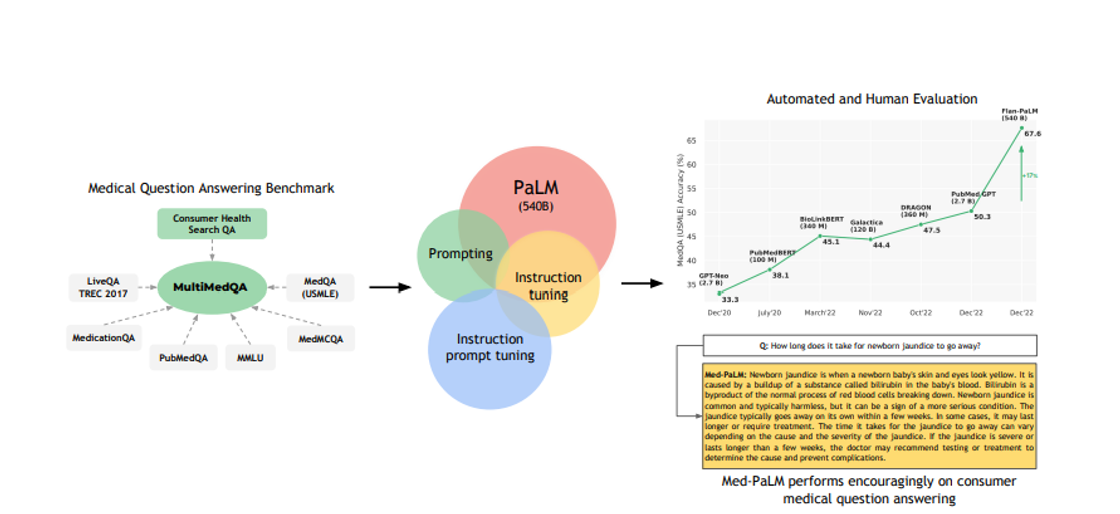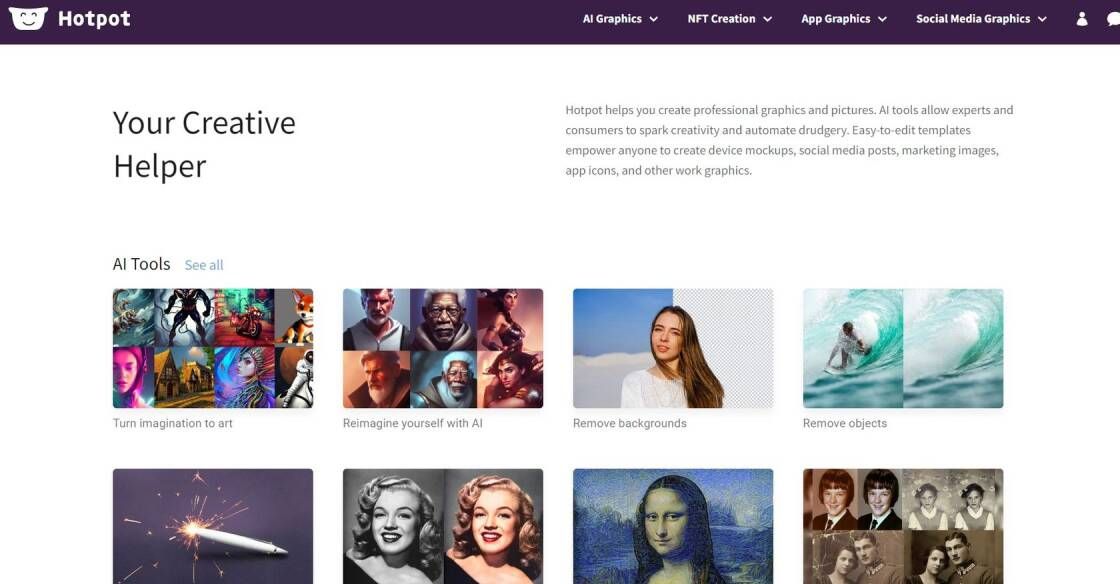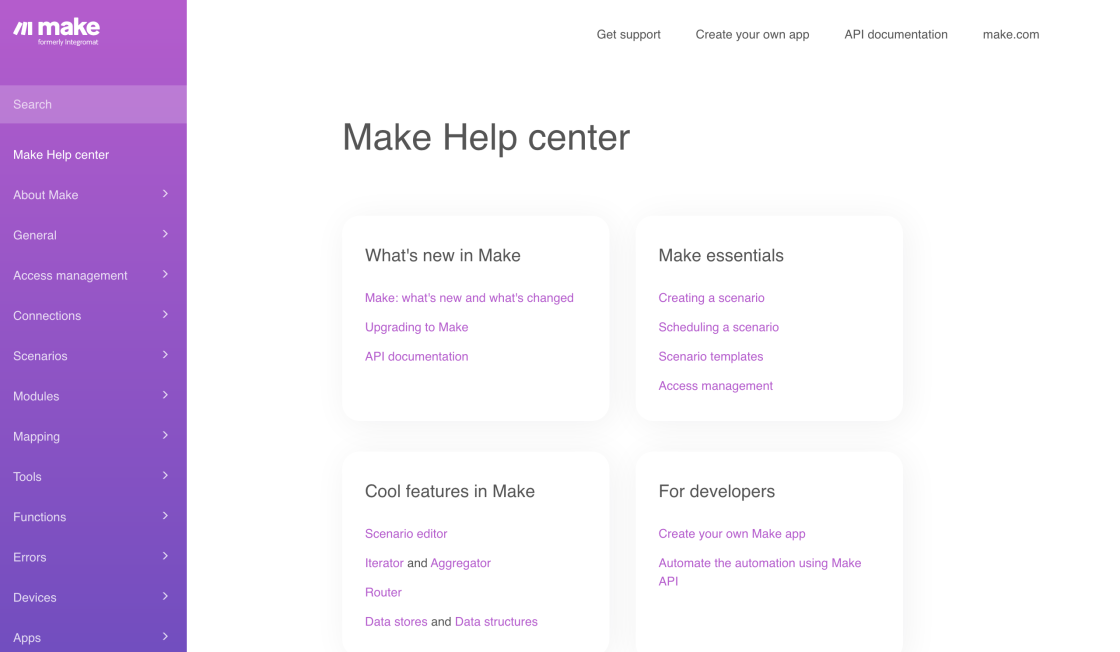

Nrby.io helps you discover nearby events for you and your friends to attend! It uses artificial intelligence to make recommendations on which events you'd most enjoy that are happening nearby.
ReplyMind is an AI tool that helps busy professionals grow their social presence in the most organic way on LinkedIn, X (Twitter), and Product Hunt with authentic, thoughtful & relevant replies.
An entry-level collection of 6 templates to be more productive and organized with the specific goal of helping you understand how Notion works. Learn how to correctly set tables, sort and filter functions to let the workspace works for you.
NASA was established in 1958, succeeding the National Advisory Committee for Aeronautics.
The first and one-of-a-kind exceptional multi-chain explorer with a simple and elegant user interface depicting “Google-like Searchbar” that supports multi-chains like Ethereum, Binance Smart Chain, Solana, XDC and Polygon.
The world’s first user flow diagramming tool tailored for designers. Build and present beautiful user flow diagrams that tell a story. User flows done right. Turn your designs into playable user flow diagrams that tell a story. Try Overflow for free today!

Midjourney
AI art generator based on Stable Diffusion. Their website describes them as "an independent research lab exploring new mediums of thought and expanding the imaginative powers of the human species."

Med-PaLM
AI Powered Medical Imaging

YouChat
AI Chatbot Builder

Hotpot.ai
The Ultimate AI Platform for Content Creation

Make (fomerly Known As Integromat)
Automation Platform

GPT-3 Google
GPT-3 Is Quietly Damaging Google Search

Designs AI
AI-Generated Graphics

Nijijourney
NijiJourney AI for the anime fans. The new niji model is tuned with a fine eye to produce anime and illustrative styles. It has vastly more knowledge of anime, anime styles, and anime aesthetics. It's great at dynamic and action shots, and character-focused compositions in general.
Cerebrium is an advanced tool specifically designed to facilitate the training, deployment, and monitoring of machine learning models. In an era where artificial intelligence and machine learning are rapidly transforming industries, Cerebrium emerges as a versatile solution catering to the needs of both novice and expert data scientists. With its user-friendly interface and robust features, Cerebrium empowers professionals to harness the power of machine learning with ease and efficiency.
One of the key features of Cerebrium is its comprehensive training capabilities. It provides a wide range of algorithms and frameworks to handle various types of data and solve diverse problems. Whether it is image classification, natural language processing, or time series forecasting, Cerebrium offers a rich set of tools to ensure accurate and efficient model training. Additionally, it optimizes the training process by leveraging distributed computing power, allowing users to train large-scale models quickly and effectively.
Moreover, Cerebrium simplifies the deployment of machine learning models by providing seamless integration with various platforms and systems. It supports both cloud-based and on-premises deployments, enabling organizations to choose the most suitable environment for their specific requirements. The streamlined deployment process ensures that models can be readily deployed into production, minimizing downtime and maximizing the value of machine learning investments.
Furthermore, Cerebrium goes beyond training and deploying models by offering robust monitoring functionalities. It allows users to track model performance, evaluate metrics, and detect anomalies, ensuring that models operate at peak efficiency. Real-time monitoring alerts and dashboards provide valuable insights into model behavior, enabling proactive decision-making and rapid issue resolution.
In conclusion, Cerebrium stands out as a comprehensive and efficient tool for training, deployment, and monitoring of machine learning models. Its versatility, user-friendliness, and powerful features make it an indispensable asset for data scientists, enabling them to unlock the full potential of artificial intelligence and drive innovation in their respective fields.
Cerebrium is a comprehensive tool designed for training, deploying, and monitoring machine learning models.
Cerebrium offers a range of features including model training, model deployment, and real-time model monitoring for machine learning projects.
Cerebrium provides a user-friendly interface for training machine learning models with various algorithms and datasets, making the process efficient and streamlined.
Yes, Cerebrium allows users to easily deploy trained models, enabling them to integrate these models into their applications or systems seamlessly.
Absolutely! Cerebrium offers real-time monitoring capabilities, allowing users to track model performance, analyze predictions, and identify potential issues.
Yes, Cerebrium caters to users with varying levels of expertise. It provides an intuitive interface for beginners while offering advanced functionalities for experienced data scientists.
Cerebrium supports a wide range of machine learning algorithms, such as linear regression, logistic regression, decision trees, random forests, and neural networks, among others.
Definitely! Cerebrium is designed to handle large datasets efficiently, ensuring that users can train models on substantial amounts of data without compromising performance.
Yes, Cerebrium automates various aspects of the machine learning workflow, including hyperparameter optimization, feature selection, and model evaluation, saving time and effort for users.
Absolutely! Cerebrium provides support for popular programming languages such as Python and R, enabling users to work with their preferred coding environments.
| Competitor | Description | Difference |
|---|---|---|
| Databricks | Unified analytics platform for big data and AI | - Databricks offers a broader range of analytic capabilities compared to Cerebrium, including big data processing and data engineering features. - It provides a collaborative environment for teams to work on data projects. - Offers seamless integration with popular machine learning libraries and frameworks. |
| Google Cloud AI Platform | Machine learning services on the Google Cloud | - Google Cloud AI Platform offers a comprehensive suite of tools and services for training and deploying ML models. - Provides pre-trained models and AutoML features. - Integrated with other Google Cloud services for data processing and storage. - Offers advanced features like custom prediction routines and distributed training. - Strong integration with TensorFlow, Keras, and other popular ML frameworks. |
| Amazon SageMaker | Fully managed machine learning service | - Amazon SageMaker is a robust platform for end-to-end machine learning. - Provides integrated Jupyter notebooks for data exploration and model training. - Offers automatic model tuning and hyperparameter optimization. - Simplifies deployment and scaling of ML models. - Integration with other AWS services for data storage, processing, and visualizations. |
| Microsoft Azure Machine Learning Studio | Cloud-based ML platform | - Azure Machine Learning Studio provides a drag-and-drop interface for building, testing, and deploying ML models. - Offers a wide range of pre-built modules and algorithms for rapid development. - Integrated with Azure ecosystem for seamless data management and processing. - Allows collaboration among team members. - Provides support for popular frameworks like Python, R, and Jupyter notebooks. |
| IBM Watson Studio | Integrated environment for data science | - IBM Watson Studio offers a collaborative environment for data scientists and ML engineers. - Provides tools for building models, training, and deploying them. - Offers integration with popular ML frameworks and libraries. - Simplifies the deployment process with automated pipelines. - Provides support for hybrid cloud environments. |
| H2O.ai | Open-source machine learning platform | - H2O.ai is an open-source platform that supports the complete ML lifecycle. - Offers a suite of tools for data exploration, model building, and deployment. - Provides automatic feature engineering and model selection capabilities. - Supports distributed computing for scaling ML tasks. - Supports integration with popular programming languages like Python and R. |
Cerebrium is an innovative tool that caters to the needs of training, deployment, and monitoring of machine learning models. This platform serves as a comprehensive solution for professionals and organizations looking to leverage the power of artificial intelligence effectively.
One of the key aspects to remember about Cerebrium is its focus on streamlining the machine learning workflow. With its user-friendly interface, users can easily navigate through the various stages of model development. From data preprocessing to feature engineering and model selection, Cerebrium simplifies the process, saving time and effort.
Moreover, Cerebrium offers a wide range of pre-built algorithms and libraries, making it ideal for both beginners and seasoned data scientists. These ready-to-use resources enable users to kick-start their projects quickly, eliminating the need for extensive coding or algorithm development from scratch.
Another significant feature of Cerebrium is its emphasis on model deployment. The platform provides hassle-free integration with popular cloud services, allowing users to effortlessly deploy their trained models. This seamless integration ensures smooth scalability and accessibility, essential for real-world applications.
Additionally, Cerebrium offers robust monitoring capabilities, enabling users to keep track of their models' performance in real-time. Through comprehensive dashboards and analytics, users gain valuable insights into model accuracy, computational efficiency, and other critical metrics. This monitoring feature assists in identifying potential issues and optimizing models for better results.
Furthermore, Cerebrium prioritizes data privacy and security. It adheres to strict data protection measures, ensuring that sensitive information remains confidential and protected at all times. By maintaining rigorous security protocols, Cerebrium fosters trust and confidence among its users.
In conclusion, Cerebrium stands as an indispensable tool for those engaged in the realm of machine learning. With its intuitive interface, comprehensive algorithm libraries, seamless deployment options, and robust monitoring capabilities, Cerebrium empowers users to harness the full potential of artificial intelligence effectively.
TOP